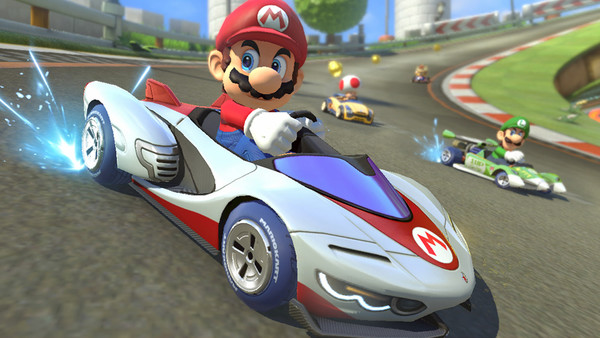10 Video Game Design Rules You Can Never Unsee
3. Rubber-Band Difficulty

Rubber-banding is one of the most infamous and controversial video game design tricks there is, whereby developers dynamically increase or decrease the skill of A.I. opponents depending upon your own performance.
This is most common in the racing genre, where players in first place will find rivals magically sling-shotted towards them to enhance the feeling of tension and prevent skilled players from lapping the competition.
Alternatively, struggling players will themselves benefitting from a boost that allows them to get closer to racers ahead. Case in point, the Mario Kart franchise.
The FIFA games also have a momentum-shifting mechanic intended to stop a match from feeling too one-sided in either direction, much to the chagrin of fans who feel they're being cheated out of a legitimate competitive experience.
But it's not just sports games: the Ratchet and Clank series scales enemy damage depending on the players' own frequency of deaths, and the Far Cry franchise boasts internal adaptive difficulty settings which constantly re-jig enemy damage and placement on-the-fly according to how well you're doing.
Though many players hate it, especially when it draws attention to itself, it's clearly employed with the hope that it creates the most enjoyable experience for the most players, providing just enough push-back to be fun.